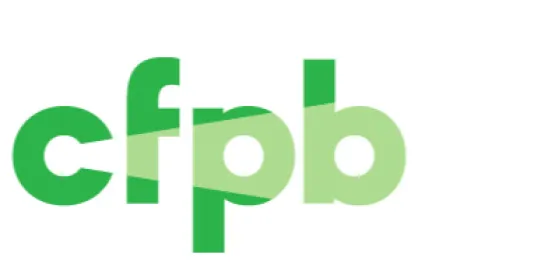On January 5, 2021, the Consumer Financial Protection Bureau’s Taskforce on Federal Consumer Financial Law Report issued a two-volume report on “how to improve consumer protection in the financial marketplace.” The Taskforce, comprised of five members, was established in January 2020 and was charged with examining the consumer financial services environment and developing recommendations for improvement. Volume I of the report outlined the history and present landscape of a wide variety of consumer protection laws presently in place. Volume II of the Report contained the Taskforce’s recommendations to enhance the financial services market. Each recommendation was targeted to include the specific government body with the authority to act and the suggested mechanism or action for implementation.
The Taskforce issued over 100 recommendations, of which seven were directly focused on improving consumer credit reporting and the Fair Credit Reporting Act (“FCRA”) and consumer credit reporting generally. Specifically, with respect to consumer credit reporting, the Taskforce’s recommendations were derived from four topics – rulemaking and interpretive issues, research issues, security freezes, and legislation.
The Taskforce explained that in 2011, the Dodd-Frank Act (the “Act”) transferred exclusive rulemaking authority to the CFPB, creating issues related to rulemaking and interpretation of the FCRA. Prior to this transfer of authority, the FTC had been revising its 1990 FCRA commentary forcing it to publish a compendium of its FCRA interpretations, often referred to as the “40-Year-Report” which is not considered binding on the CFPB or the courts. The FTC had also issued a proposed rule that would have (1) added information relating to the (then-new) Furnisher Direct Dispute Rule, (2) improved the clarity of notices to furnishers of information to CRAs, and (3) deleted certain information FCRA does not require, among other things. Because the FTC’s authority was transferred to the CFPB, it was not able to finalize the rule. The Taskforce noted that the lack of official commentary or guidance by the CFPB on FCRA and Regulation V results in uncertainty as to the rights and obligations of consumers, furnishers, CRAs, and users of consumer reports, due to the fact that they cannot reliably predict which aspects of the FTC’s “40-Year Report” the CFPB or courts may find persuasive.
In addressing research issues, the Taskforce stressed the importance of the CFPB’s continued focus on the accuracy and completeness of consumer credit reports, specifically the “tradeoff between accuracy and completeness implicit in the National Consumer Assistance Plan requirement for a minimum amount of identifying information before public record information is included in credit reports”, and issues that arise in connection with a consumer’s bankruptcy, among other things.
Volume II also addresses the difficulty some consumers face placing or removing security freezes and the volume of consumer complaints on this issue.
Lastly, Volume II addresses the issues tied to legislation. Unlike other consumer protection statutes, FCRA does not have any limitations on class action awards, creating inconsistency in consumer protection laws. Volume II urges that without appropriate caps, damage claims can “create bet-the company litigation” over claims out of proportion to consumer harm.
To address these issues, the Taskforce provides the following seven recommendations:
-
The Bureau should engage in rulemaking to clarify the obligations of CRAs and furnishers with respect to disputes under the FCRA. In particular, the Bureau should provide guidance on when an entity has “reasonably determine[d]” that a dispute is frivolous or irrelevant, and it should consider clarifying what constitutes a “reasonable investigation” of disputed information. The Bureau should consider providing examples of conduct that does, and does not, satisfy these standards in various factual circumstances.
-
The Bureau should engage in rulemaking to codify as appropriate the FTC’s interpretations of the FCRA, which are set forth in the FTC’s 40-Year Report. The Bureau should assess whether any of the interpretations requires updates or revisions.
-
The Bureau should engage in rulemaking to update and revise the FCRA’s summary of consumer rights, notice to furnishers of information to CRAs, and notice to users of consumer reports. The Bureau should conduct consumer testing on the summary of consumer rights to ensure its efficacy, and it should consider testing the notices to furnishers and users.
-
The Bureau should assess periodically the accuracy and completeness of consumer credit reports. The Bureau’s studies should include a focus on whether consumer reports include all the types of information that they should include.
-
The Bureau should determine through its supervision, examination, and other tools whether consumers are able to obtain and remove security freezes appropriately.
-
The Bureau should research consumer reporting issues that arise in connection with a consumer’s bankruptcy.
-
Congress should adopt class action damages limitations for FCRA, to bring the FCRA civil liability provision in line with similar laws.
Taskforce Report Volume II, p. 26. Links to the full report, including discussions of additional topics not addressed in this article, can be found here.




 />i
/>i

